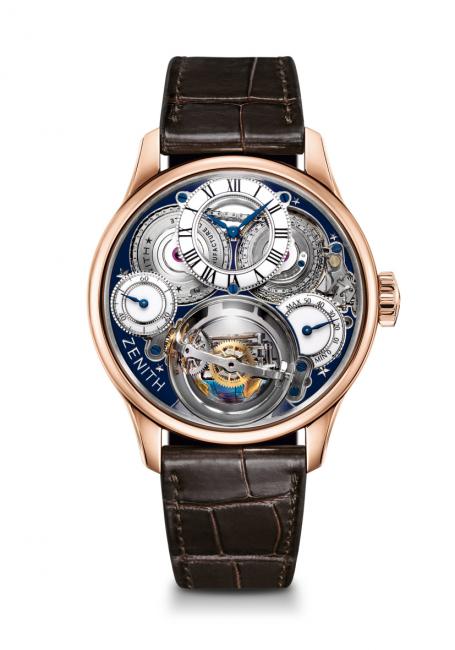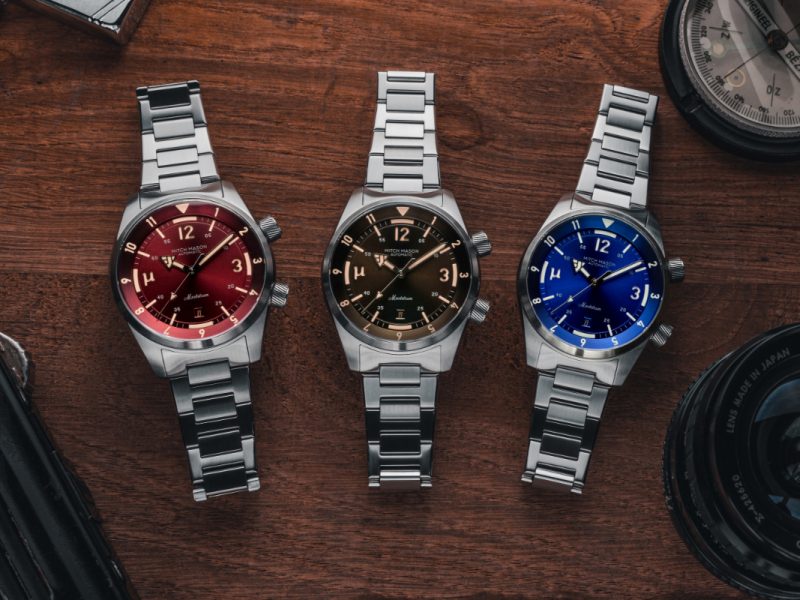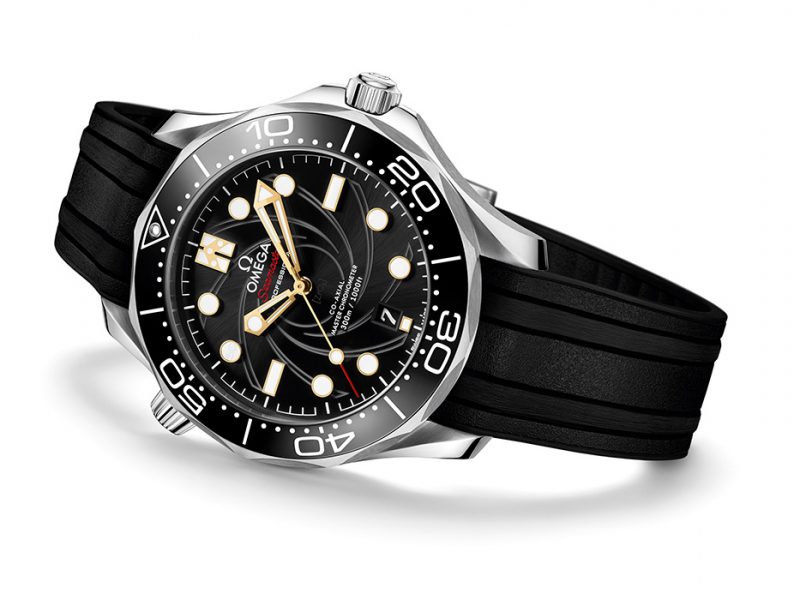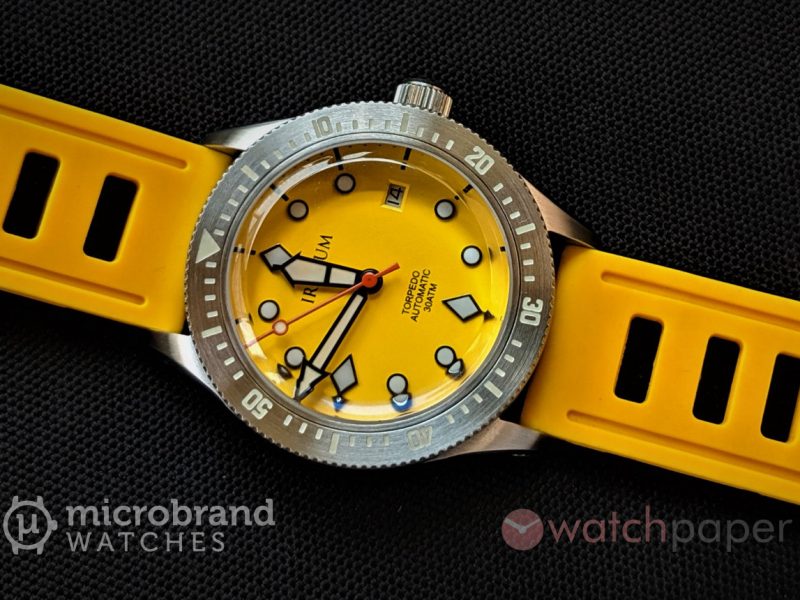The jaw-dropping ZENITH Academy Christophe Colomb Hurricane Grand Voyage
Tomorrow, in many parts of the US, Christopher Columbus is celebrated. We found it fitting to feature on our website the Zenith Academy Christophe Colomb Hurricane Grand Voyage. This watch is jaw-dropping inside and outside, with a unique gyroscopic mechanism that maintains the regulating organ in a perfectly horizontal position and with a fusée and chain transmission ensuring constant force. Hand-crafted gold elements screwed to the movement: micro-engraving, micro-painting and enamelling on a cloisonné base using an engraved champlevé technique. There is so much to say about this complex and beautiful watch that we decided to keep this post for the more technical details and have a separate post about the artistic work behind decorating this outstanding watch: An Exploration of Arts and Crafts — the ZENITH Academy Christophe Colomb Hurricane Grand Voyage.
Charting a course towards the exceptional
This year, the manufacture is pursuing its tribute to the famous navigator christopher columbus by introducing this heir to marine chronometers in a splendid interpretation calling upon the finest artistic crafts such as enamelling, engraving and micro-painting. It thereby expresses perfect mastery of these historical skills that have been adorning zenith creations for almost 150 years. This exceptional entirely hand-finished model issued in a 10-piece limited edition is accompanied by three major horological discoveries: a patented gravity control system; a fusée and chain transmission mechanism; and an exceptional frequency of 36,000 vibrations per hour.
The quest for precision at the very heart of the movement
While Christopher Columbus pushed back the frontiers of the known world, this model named after him pushes the boundaries of time measurement by combining three mechanisms guaranteeing enhanced precision: a regulating organ with a high oscillating frequency (36,000 vibrations per hour) for dividing time into tenths of a second; a fusée and chain transmission system compensating for the inevitable variations in the force of a barrel while it is unwinding; and a patented gravity control module serving to neutralise the effects of gravity on the rate of a watch. In other words, it successfully solves the problems relating to actually wearing the watch (gravity) and to the length of time it can run independently (a drop in torque), while simultaneously ensuring remarkable precision in time measurement (linked to the oscillation speed of the balance). These feats are achieved by an exceptional movement comprising 939 parts, including 354 for the calibre itself that in turn houses the 173 elements of the gravity control module; while the fusée and chain system comprises 585 parts.
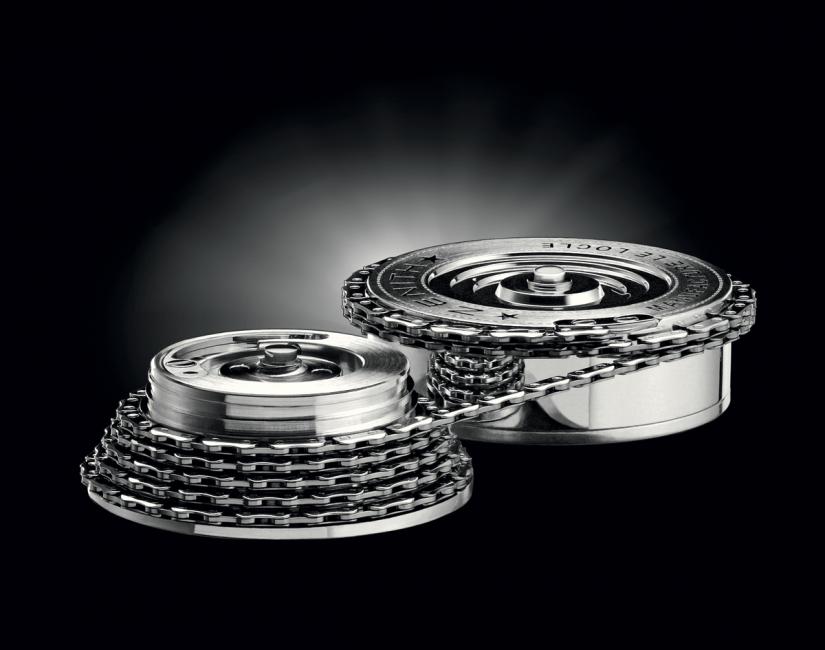
The fusée and chain transmission system keeps the driving force perfectly stable throughout the full power reserve.
Fusée and chain transmission ensuring constant force
As a mechanical watch gradually winds down, the movement loses amplitude (corresponding to the balance-wheel’s angle of oscillation) and thus becomes less accurate. The fusée and chain transmission system serves on the contrary to keep the driving force perfectly stable throughout the full power reserve – with the helicoidal shape of the fusée compensating for the progress reduction in the force of the barrel.
The majority of 16th, 17th and 18th century pocket watches were equipped with a fusée, but today very few watch manufacturers are capable of transposing and fitting this mechanism within the confines of a wristwatch. With the Academy Christophe Colomb Hurricane Grand Voyage, stemming from two full years of development, Zenith has now entered this highly exclusive club.
Transmission between the barrel and fusée is handled by an 18 cm-long chain comprising 585 parts. This highly complex construction features alternating double and intermediate links. Once assembled, it is capable of withstanding a traction force of more than 3 kilos.
Throughout the power reserve, the mainspring transmits its energy to the fusée via a chain that wraps itself around the barrel. By adjusting the variations in tension, the fusée regulates the force that is passed on to the going train – and thence to the silicon escape-wheel fitted inside the gyroscopic carriage. While it takes more than 50 hours (the power-reserve duration) for the chain to wrap itself around the barrel, winding via the stem provides a fascinating sight. These few seconds enable the fusée and the barrel to turn in opposite directions so that the chain wraps itself back around the fusée.
The shape of the fusée was dictated by the optimal force that the Zenith master-watchmakers wished to give the barrel. Its grooved conical contours as well as its dimensions are the result of lengthy and particularly complex complications performed for each of the seven construction stages. This fusée could doubtless never have been created without the full integration of all professions (notably including movement prototype making) cultivated in the Manufacture Zenith, nor without the use of sophisticated equipment. Such is indeed one of the core strengths of an integrated Manufacture.
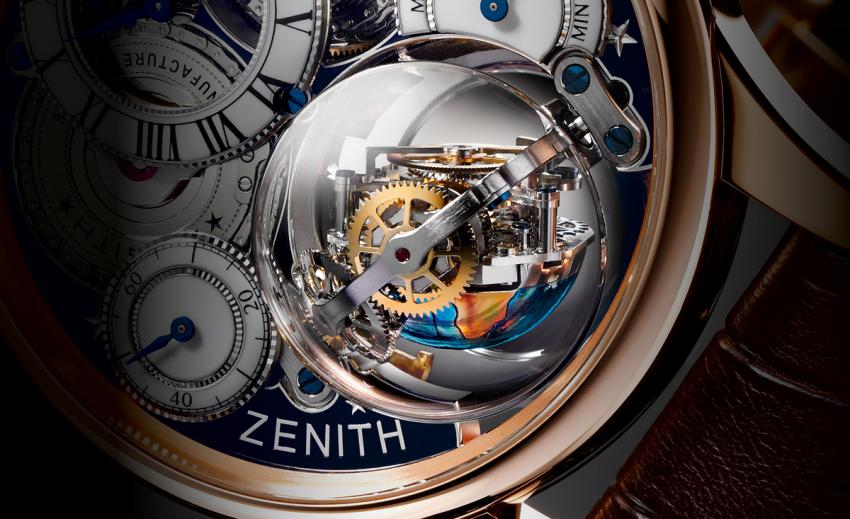
The counterweight of the gravity control system is adorned with a micro-painted depiction of the Southern hemisphere.
Gravity control: defying gravity
While fusée and chain transmission eliminates variations in isochronism (the equal duration of the oscillations), the Academy Christophe Colomb Hurricane Grand Voyage also cancels out another effect that is detrimental to the rate of a mechanical watch: the influence of gravity.
Working on the principle that keeping the regulating organ in a horizontal position engenders the best possible balance-wheel amplitude and thus results in optimal timekeeping precision, Zenith devised and patented a revolutionary module enabling the “heart” of the movement and the escapement to remain constantly in this position.
An avant-garde system brilliantly illustrating the creative daring of the Manufacture, the gravity control system is also a tribute to history, since it is inspired by the marine chronometers that Zenith used to produce, borrowing from these legendary instruments the principle of gimbal suspension introduced in the 16th century on marine compasses so that they would stay horizontal despite the pitching and rolling of the boat.
The gravity control system with its self-regulating gyroscopic mechanism serves to maintain the regulating organ in a permanently horizontal position whatever the angle of the wrist and thereby represents the ultimate evolution of the marine chronometer. The brand with the guiding star is the only watch manufacturer to master this system – duly rewarded in the “Best Complicated Watch” category at the 2011 Geneva Watchmaking Grand Prix – that it invented after five years of intense development.
Technical specifications
Movement
El Primero 8805, hand-wound
A unique gyroscopic mechanism that maintains the regulating organ in a perfectly horizontal position
Calibre: 16 ½’’’ (diameter: 37 mm)
Thickness: 5.85 mm
Parts: 354
Gyroscopic carriage composed of 173 parts
Chain made of 585 parts
Jewels: 53
Frequency: 36,000 vph (5 Hz)
Over 50-hour power reserve
Functions
Off-centred hours and minutes at 12 o’clock
“Gravity Control” self-regulating module at 6 o’clock
Small seconds at 9 o’clock
Power-reserve indication at 3 o’clock
Fusée and chain transmission beneath the hours/minutes dial
Case, dial and hands
18-carat rose gold
Diameter: 45 mm
Thickness: 14.80 mm/21.80 mm
(with domed sapphire crystal)
Cambered sapphire crystal glareproofed on both sides, domes protecting the Christophe Colomb module
Water resistance 3 ATM
Dial: 3 enamelled gold dials
Hour-markers: black lacquered
Hands: blued steel
Reference
18.2211.8805/36.C713
Brown alligator leather strap with rose gold triple folding clasp


